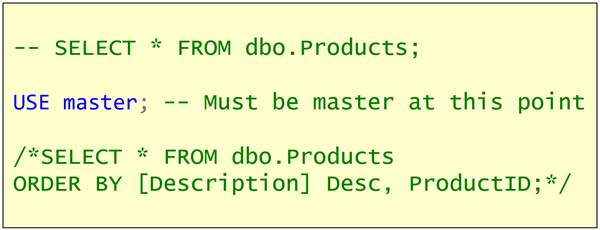SQL: Been told you can't access master database system views in Azure SQL Database? Not true!
When you work with Azure SQL Database, you’ll quickly learn that you send queries to a single database, and you can’t execute USE statements to change to another database. Importantly, you also can’t use four-part names to access objects in other databases like this:
ServerName.DatabaseName.SchemaName.ObjectName
So it’s not surprising that when I’ve been reading some questions in Stack Overflow, asking how on earth you can join the list of users in your database, to the list of logins in the master database. And less surprising that the answer normally is that you can’t do that, and you need to connect to each separately. However, that’s not true. You can get to them using external tables. Let me show you how:
2019-09-17

